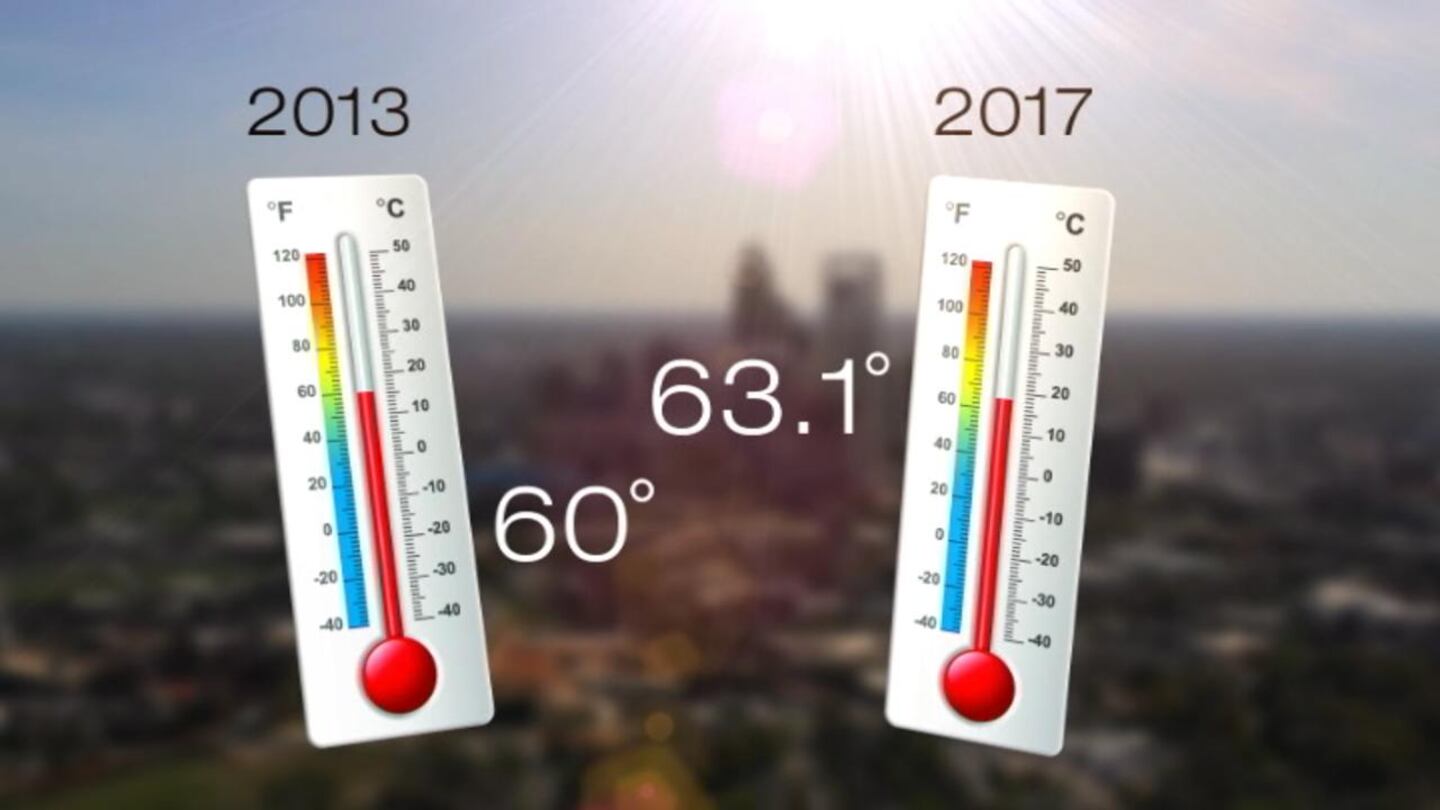CHARLOTTE, NC — Does it feel to you like summers in Charlotte are getting hotter? They are, and we're also seeing more storms, more lightning, and more flooding.
It's not global warming. It's new construction and increased traffic causing what experts call an "urban heat island."
About 42 new people move to Charlotte every day. There are now 2.5 million people in the metro area. That number was 2.2 million in 2013.
Dr. Matt Eastin at UNC Charlotte is studying how it impacts the city.
"It can definitely affect simple weather around here anything from it might not snow in uptown, and it will definitely snow in the surrounding rural areas," he explained.
As more buildings go up and more people move in, you see less vegetation and trees. Pavement and buildings absorb more solar radiation and reflect the heat back out. Less trees mean less shade and less removal of carbon dioxide.
The weather change is significant and measurable. Last year, we had 116 severe weather reports inside Mecklenburg County. Compare that to just 71 in 2013.
And more roads mean more flooding. A strong storm in October shut down major Charlotte roads including North Tryon, Queens, and even Independence Boulevard.
Dr. Eastin says when thunderstorms move through the city we can see rainfall rates that are one to two inches higher in Charlotte than surrounding communities.
In 2013, the city's average year-round temperature was 60 degrees. Last year, it was 63.1.
And there are more "extremes" - record highs and fewer record lows. This year, we saw only one record low in January, but we saw five days of record highs in February.
The research shows that as our population grows, some of the extreme weather we've been seeing lately will only continue.
Cox Media Group







